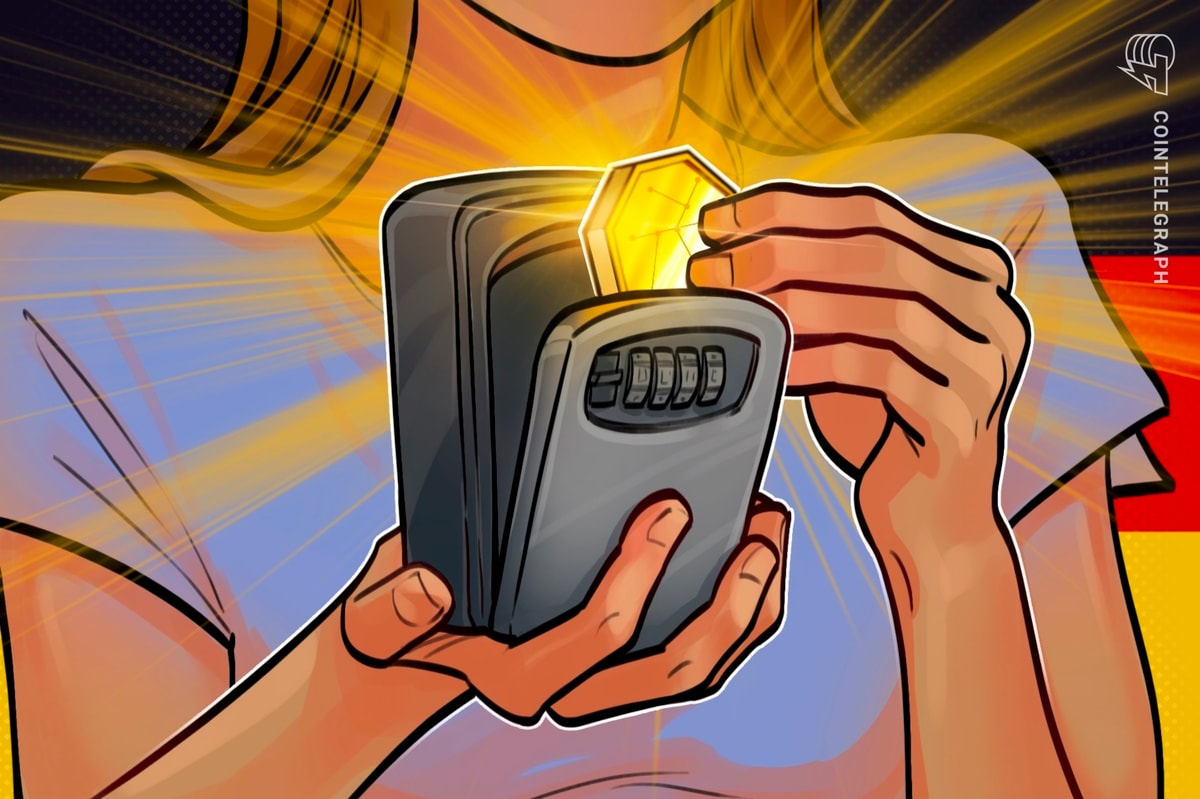Major hardware crypto wallet providers Ledger and Trezor have each released recent wallet iterations that provide users additional options to guard their assets through self-custody.
Paris-based Ledger unveiled its latest device, the Ledger Nano Gen5, on Thursday. In a notable shift, the corporate has done away with the term “hardware wallet” entirely and now refers to all of its devices as “ledger signers.”
Rival Prague-based hardware wallet company Trezor also released its Trezor Safe 7 earlier this week, describing the device as its first quantum-enabled hardware wallet.
With each Ledger and Trezor offering self-custodial devices for over a decade, Cointelegraph took a better take a look at their newest wallets, breaking down key updates, recent features and security improvements.
The era of ledger signers
The Ledger update brings several brand firsts, including the renaming of the Ledger Live application to Ledger Wallet and the introduction of Ledger Multisig, a tool to handle the blind signing vulnerability within the Multisig ecosystem.
The recent Ledger signer – the Nano Gen5 – features the Ledger Recovery Key released in June, a previously supported Bluetooth connection and a bigger screen. The price of the device is 179 US dollars within the USA and 179 euros in Europe.
“Ledger Nano offers the improved user experience of our secure touchscreen signers Ledger Flex and Ledger Stax in a more cost-effective package,” a Ledger spokesperson told Cointelegraph.
Source: Ledger
“The larger screen in comparison with the Nano S Plus and Nano X allows for a more intuitive interface in addition to optimal support for clear signatures and transaction verification,” the representative said.
Continuing its Apple-inspired design approach, Ledger re-enlisted iPod inventor Tony Fadell when developing recent devices, who hired Apple icon designer Susan Kare to create exclusive badge artwork for the brand new Ledger signee.
Safe 7 is Trezor's first quantum-ready wallet
Trezor's recent Safe 7 introduces a next-generation hardware wallet that features two secure elements, Bluetooth, wireless charging and a quantum-ready design.
The dual-chip design combines Tropic Square's verifiable TROPIC01 chip with an NDA-free EAL6+ secondary, while the addition of Bluetooth makes the Safe 7 the primary Trezor wallet to wirelessly connect with iPhones and other devices. The wallet is priced at 249 euros.
Source: Trezor
The Trezor Safe 7’s “quantum readiness” means the device is “technically able to receiving post-quantum updates in the end,” Trezor Chief Operating Officer Danny Sanders told Cointelegraph.
“Previous Trezor wallets, like all devices currently in the marketplace, don’t have a quantum-ready architecture,” Sanders said, emphasizing Trezor’s push to bring recent intending to hardware wallets which can be “built to last.”
Quantum computing remains to be in its very early stages, he added, predicting that it’ll be an extended time before it poses “any real threat to existing cryptographic standards.”
Are older devices being retired?
Although each Ledger and Trezor have introduced significant updates to their self-custody technology, their previous wallets are still functional.
“We don’t design wallets with the expectation that users will collect all of them,” said Trezor’s Sanders, emphasizing the necessity to fulfill users’ diverse needs as the corporate’s top priority.
Sanders said all Trezor wallets are fully supported and proceed to learn from ongoing security updates and enhancements.
“Ledger has never released an update that makes an older device obsolete,” a Ledger spokesperson told Cointelegraph, adding that “there’s at all times a degree where it isn’t any longer possible to offer updates and support recent features for older products.”

